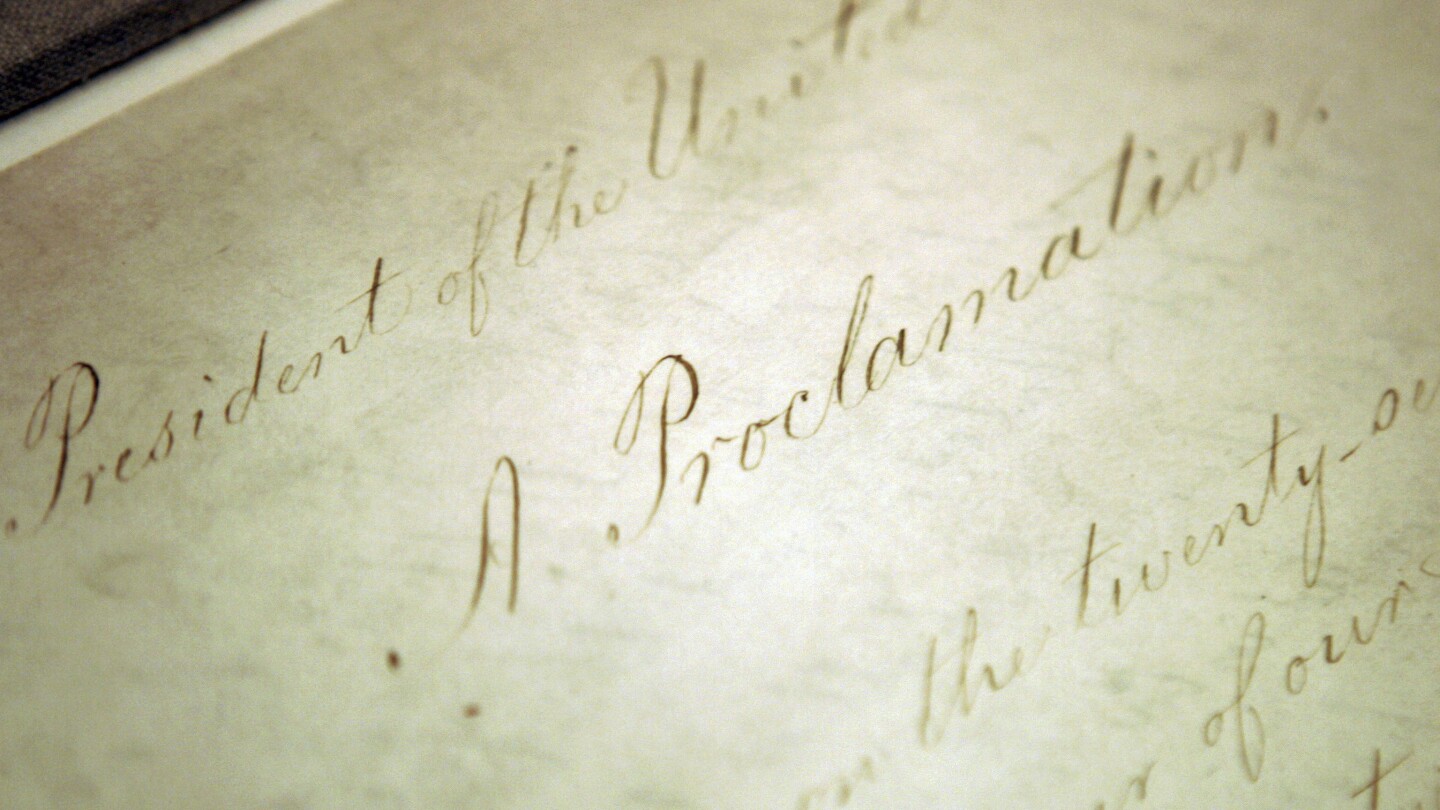The tradition of Watch Night services in the United States dates back to Dec. 31, 1862, when many Black Americans gathered in churches and other venues, waiting for President Abraham Lincoln to sign the Emancipation Proclamation into law, and thus free those still enslaved in the Confederacy.
It’s still being observed each New Year’s Eve, at many multiracial and predominantly Black churches across the country.
What is the historical background of Watch Night services?
As the Civil War raged on, Lincoln issued an executive order on Sept. 22, 1862, declaring that enslaved people in the rebellious Confederate states were legally free. However, this decree — the Emancipation Proclamation — would not take effect until the stroke of midnight heralding the new year.
Those gathering on the first Watch Night included many African Americans who were still legally enslaved as they assembled, sometimes in secrecy.
“At the time, enslaved Black people could find little respite from ever-present surveillance, even in practicing their faith,” explains the National Museum of African American History and Culture. “White enslavers feared that religion, which was often used to quell slave resistance, could incite the exact opposite if practiced without observance.”
How have Watch Night traditions evolved?
Over its 160-year history, Watch Night has evolved into an annual New Year’s Eve tradition — it not only commemorates freedom from slavery, but also celebrates the importance of faith, community and perseverance.
This description from the African American museum offers some details:
“Many congregants across the nation bow in prayer minutes before the midnight hour as they sing out “Watchman, watchman, please tell me the hour of the night.’ In return the minister replies “It is three minutes to midnight’; ‘it is one minute before the new year’; and ‘it is now midnight, freedom has come.’”
The museum notes that the Watch Night worship services were traditionally followed by a “fortuitous meal” on New Year’s Day, often featuring a dish called Hoppin’ John.
“Traditionally, Hoppin’ John consists of black-eyed peas, rice, red peppers, and salt pork, and it is believed to bring good fortune to those who eat it,” the museum says. “Some other common dishes include: candied yams, cornbread, potato salad, and macaroni and cheese.”
How are congregations observing Watch Night this year?
Some of this year’s services will be conducted virtually, without in-person attendance. Beulah Baptist Church in Philadelphia and First Congregational Church in Atlanta are among those choosing this option.
Among the many churches offering in-person services are Abyssinian Baptist Church in the Harlem neighborhood of New York City, Reid Temple AME Church in Glenn Dale, Maryland; and Shiloh Baptist Church in Trenton, New Jersey.
In Salem, North Carolina, the Rev. William Barber II, a prominent anti-poverty and social-justice activist, will be leading an interfaith Watch Night service at Union Baptist Church along with its senior pastor, Sir Walter Mack. The event is billed as a “service of lament, hope and call to action.”
___
Associated Press religion coverage receives support through the AP’s collaboration with The Conversation US, with funding from Lilly Endowment Inc. The AP is solely responsible for this content.

